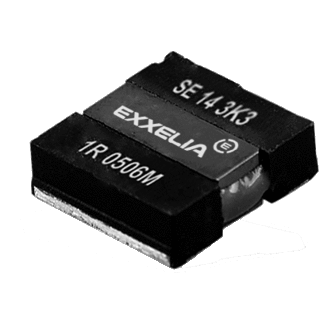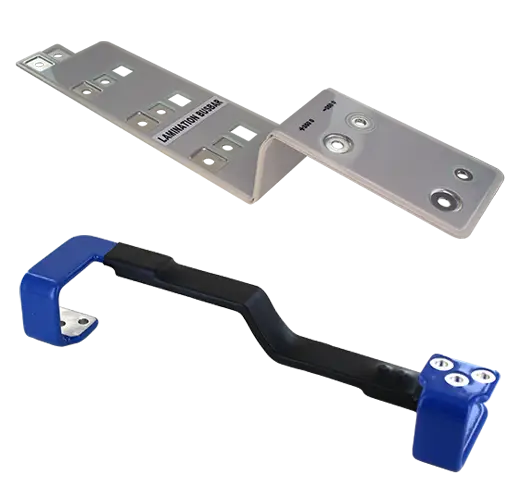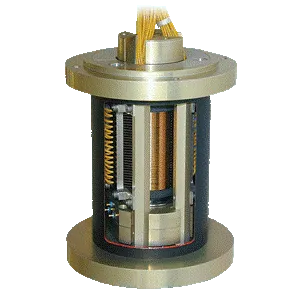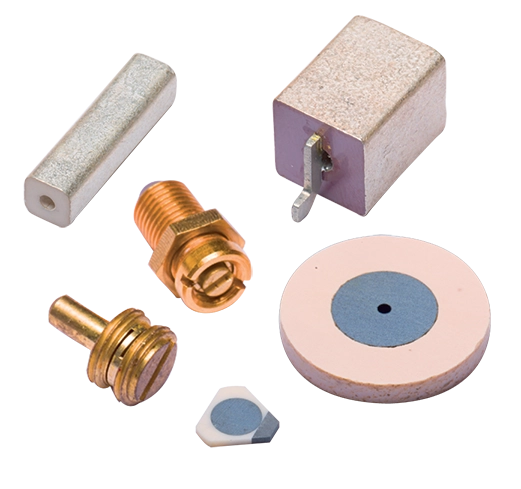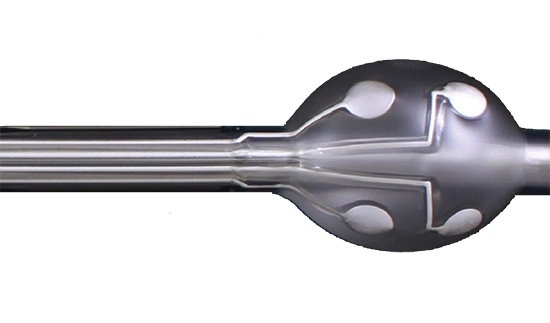

Discover Exxelia's DSCC 93026 qualified wet tantalum capacitors, ideal for defense, avionics, and power supply applications. Order now!
Exxelia has received the qualification by the Defense Supply Center Columbus (DSCC) as an approved provider of WT84 wet tantalum capacitors under the drawing DSCC 93026.
Exxelia’s range of wet tantalum capacitors WT84 is now fully qualified to DSCC 93026 drawing for voltages from 25V up to 125V. Available in all case sizes (T1, T2, T3, T4) the family is housed in a hermetically sealed tantalum case and is designed to withstand the most stringent environmental constraints. Thanks to the continuous improvements conducted in the manufacturing processes combined with the high purity tantalum powder used by Exxelia, DSCC 93026 provides the highest capacitance per unit volume. In addition, compared to conventional wet tantalum capacitors, DSCC 93026 features much lower ESR and higher ripple current.
DSCC 93026 is qualified for capacitance values range from 10µF up to 1800µF at voltages from 25V up to 125V, and with operating temperatures of -55°C to 125°C. The series is ideal for use in high-reliability defense, avionics, radars and power supply applications requiring high capacitance or high energy storage.
DSCC 93026 is available now for order.


